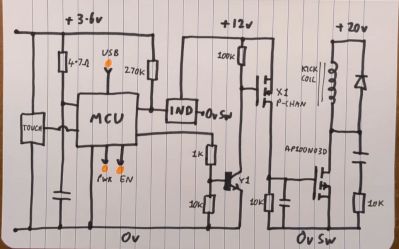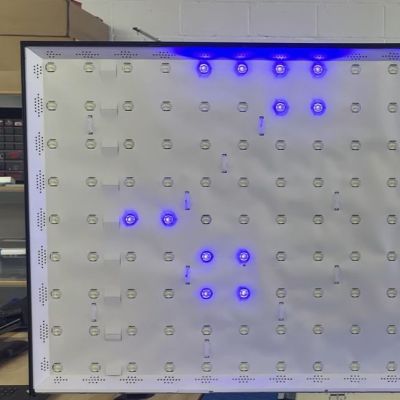Can you play DOOM in Discord? At first glance, that may seem rather nonsensical, as Discord is a proprietary chat service and neither a hardware device nor something else that may seem like an obvious target for being (ab)used for demon-shooting points. That is, until you look at Discord’s content embedding feature. This is where [PortalRunner]’s Doomcord hack comes into play, allowing you to play the entire game in a Discord client by submitting text messages after embedding a very special image URL.
Rather than this embedding being done in the client as done with e.g., IRC clients, the Discord backend handles the content fetching, caching, and handing off to clients. This system can easily be used with an animated GIF of gameplay, but having it be seen as a GIF file required adding .gif to the end of the URL to trick Discord’s backend into not simply turning it into a static PNG. After this, Discord’s throttling of message speed turned out to kill the concept of real-time gameplay, along with the server load.
Plan C thus morphed into using Chocolate Doom headless, rendering gameplay into cached video files by using the demo gameplay feature in DOOM. The Doomcord server template project provides a server if you want to give it a whirl yourself. Since this uses recorded gameplay, the switch was made from GIF to the WEBP format to save space, along with a cache expiry system. Just level 1 with all possible input sequences takes up 12 TB of disk space.
Continue reading “Playing DOOM In Discord With A Special Image URL”



















